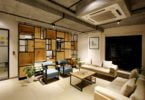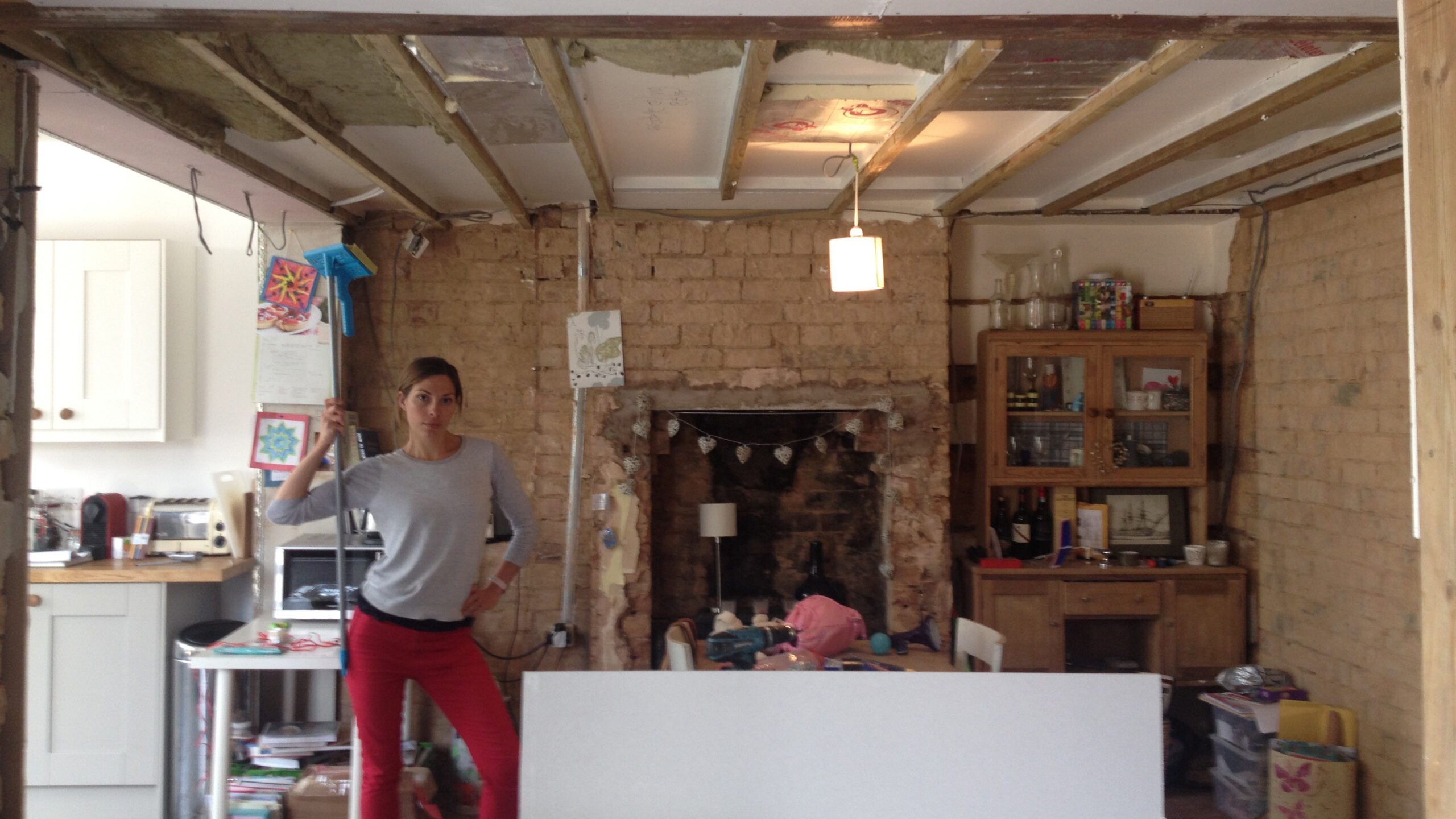In densely populated neighborhoods, the demand for laundry services is constantly rising. For entrepreneurs looking to capitalize on this opportunity, efficient space utilization is critical in establishing a successful laundry business.

Location and Layout Considerations
You can establish a thriving laundry business if you select the ideal location. Proximity to the target customer base is a crucial factor. As an architect, they can work closely with you and look for the most strategic location that draws more potential customers.
Once the location is determined, designing a functional layout becomes paramount. A well-thought-out layout ensures a smooth flow of customers and staff within the limited space. The architect can optimize the placement of washers, dryers, folding stations, and customer waiting areas to minimize congestion and maximize efficiency. Strategic positioning of these elements can contribute significantly to the overall productivity of the laundry facility.
Select a Compact Equipment
Most commercial spaces only have small spaces. You should select the right equipment if your wash and fold in New York has a small laundry space. Traditional, bulky washers and dryers can quickly eat up valuable floor space. However, architects can recommend space-saving alternatives like stackable washers and dryers. These machines provide the same functionality as their traditional counterparts while occupying significantly less floor space.
Another option is to explore multifunctional equipment, such as washer-dryer combos or all-in-one machines. These innovative appliances can handle washing and drying functions in a single unit, reducing the overall space required for the laundry business.
The architect can incorporate space-saving storage solutions to maintain an organized and clutter-free environment. Integrated storage spaces for laundry supplies, detergents, and customer belongings can be designed discreetly into the layout, optimizing available space while keeping the facility tidy and efficient.
Integrate Automated Systems and Technology in Operations
With technological advancements, laundry businesses can streamline operations and enhance customer experiences through automation. Architects can recommend the integration of self-service kiosks for check-ins, payments, and order tracking. These kiosks reduce the need for large reception areas and allow customers to handle transactions quickly and efficiently.
Developing a mobile application for the laundry business can also significantly enhance customer convenience. The app allows users to schedule pickups, receive notifications about their laundry status, and make payments online. This seamless integration of technology improves customer satisfaction and reduces the need for physical interactions, making it particularly beneficial during public health concerns.
The architect can also advise installing smart monitoring and maintenance systems to ensure smooth operations and reduce downtime. Sensor-based technology can track machine performance, notifying staff of potential issues before they escalate. This proactive approach helps minimize disruptions, increasing machine efficiency and customer turnaround time.
Eco-Friendly Design
In today’s environmentally conscious world, sustainability has become a significant consideration in architectural design. Laundry businesses can align with this trend by implementing eco-friendly practices and materials.
Energy-efficient lighting, such as LED fixtures and motion sensors, can reduce energy consumption. These lighting solutions lower utility costs and contribute to a greener business model.
Water recycling systems are another eco-friendly feature that can be integrated into the laundry facility. Rainwater harvesting or greywater recycling systems can collect and reuse water for non-potable purposes, such as laundry operations and facility cleaning. This not only conserves water but also demonstrates the business’s commitment to environmental responsibility.
Architects can also advocate for the use of sustainable building materials. Choosing environmentally friendly options, such as recycled or locally sourced materials, can significantly reduce the project’s carbon footprint. This eco-conscious approach is likely to resonate positively with customers who value businesses that prioritize sustainability.
Maximizing Vertical Space
In a small laundry business, utilizing vertical space is a key strategy to optimize available square footage. Architects can explore adding mezzanine floors to the structure, providing additional storage or office space without expanding the building’s footprint. Mezzanines efficiently utilize the vertical dimension, effectively doubling the usable area within the existing space.
Moreover, vertical shelving systems can store folded laundry and supplies, freeing up valuable floor space. These shelving solutions keep the business well-organized and ensure that every inch of space is utilized efficiently.
The architect can recommend space-saving furniture and fixtures that complement the laundry business’s operations. Foldable tables and retractable ironing boards are just a few examples of functional items that can be incorporated to optimize the available space.
Conclusion
Establishing a thriving laundry business in New York, a populated neighborhood, necessitates innovative architectural solutions that maximize small spaces.
By incorporating these architectural principles, laundry businesses can cater effectively to their target market while providing optimal customer experiences and staying at the forefront of the ever-evolving industry. Architects can transform limited areas into efficient and sustainable laundry facilities.
As the demand for laundry services continues to grow, architects will play a pivotal role in creating businesses that excel in functionality and sustainability, contributing to the prosperity of communities and businesses alike.






